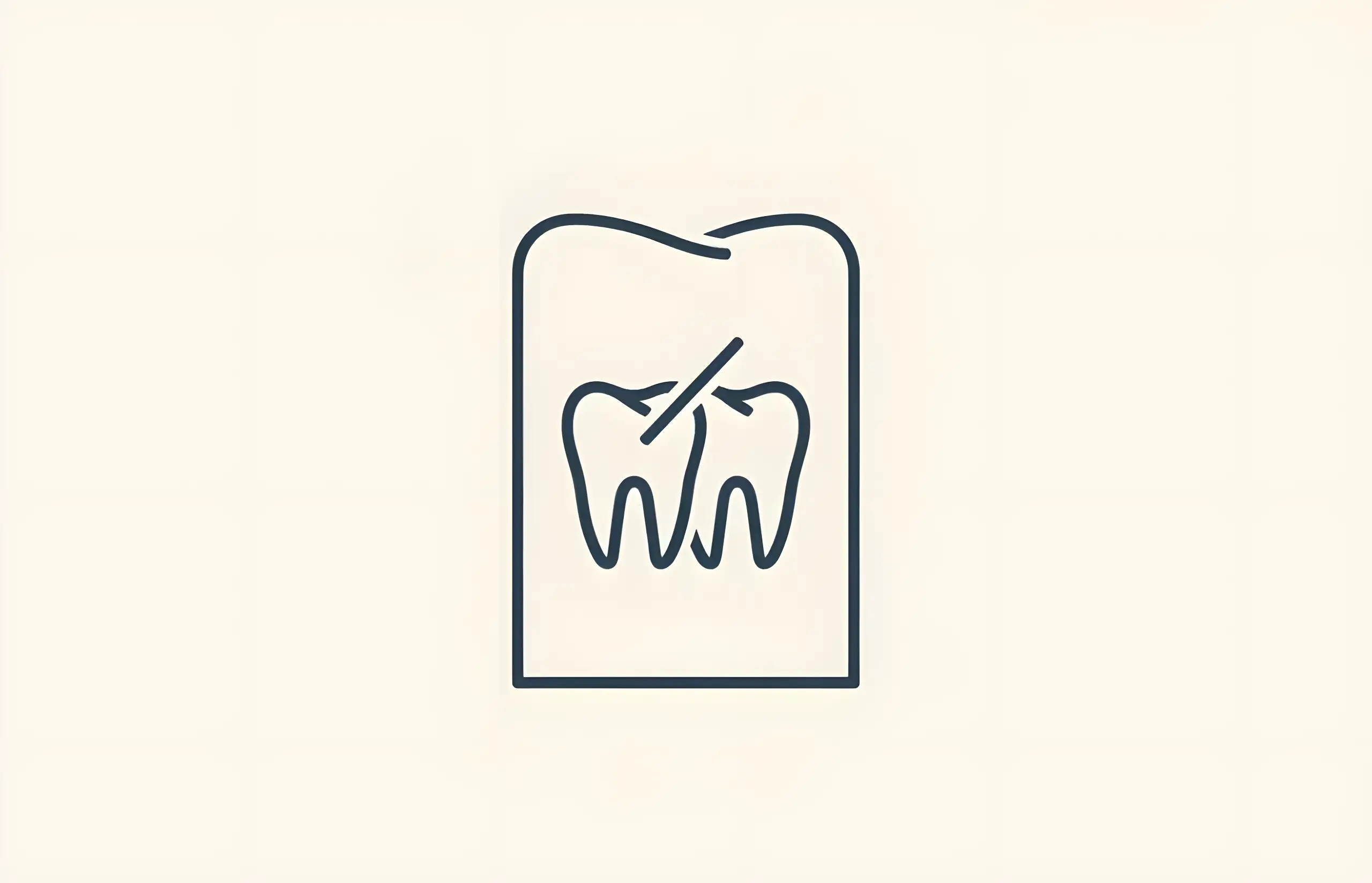A crooked tooth can ruin an otherwise perfect smile. Alongside discomfort, you can also experience a big hit to your self-esteem. Maybe it's something you noticed brushing your teeth in the morning, or perhaps it's something you've dealt with for most of your life. Whatever the reason, you're probably wondering how to fix a crooked tooth.
Why Fix a Crooked Tooth?
It isn't necessary to have multiple crooked teeth before seeking treatment. Besides the aesthetic annoyance, there are several reasons you should fix a crooked tooth, including:
- Bacteria Trapping: Misaligned or overlapping teeth hinders your ability to brush and floss properly. A substantial build-up of plaque and bacteria can lead to gum issues and tooth decay, regardless of your dental habits.
- Pressure: A crooked tooth can place unnecessary pressure on your jaw and lead to cracked teeth.
- TMJ Disorder: A TMJ disorder is temporomandibular joint dysfunction and can become an issue if you go too long without receiving appropriate care. You can experience pain in your jaw hinge and muscles that control movement.
Just one crooked tooth can be a warning sign of overcrowding and can worsen over time, causing more teeth to shift. Even if you're not experiencing any of the issues listed above, it might be worth asking your dentist about pursuing treatment.
Treatment Options
Most treatment options are designed to correct multiple teeth or an entire row, but that doesn't mean there aren't avenues to follow for a single crooked tooth.
Braces
Braces are the most traditional form of corrective treatment for misaligned teeth. Braces are wire-based frames installed by your orthodontist using metal brackets that are bonded to each tooth.
With braces, you'll make visits to your orthodontist approximately every four to eight weeks. At these appointments, they'll make sure the treatment is moving along accordingly and then, traditionally, will tighten your braces.
They do this by adjusting the wire in specific places, which puts pressure on your teeth to shift into the correct position. If you're only worried about how to fix a crooked tooth, braces might not be the best option as they're typically geared for severe cases.
Fastbraces™ is another popular, alternative route to braces with a shorter treatment time than traditional braces and can be used for one tooth.
Aligners
Aligners are a popular choice for individuals who don't like the appearance of braces. Aligners are made of hard plastic material and work in the same fashion as traditional braces by placing pressure on your teeth to slowly move them into the correct place.
Instead of anything being bonded to your teeth, aligners come in multiple different sets. The shape is slightly adjusted in each set, so every time you change aligners, you're moving closer to a set of straight teeth.
For correcting only one tooth or minimal issues, online teledentistry has surged in popularity. Companies like Smile Direct Club and Byte provide you with a do-it-yourself impression kit that allows you to mail in a mould of your teeth. Shortly afterwards, you're provided with a set of aligners. At the end of your treatment, you'll be sent a retainer to keep your smile in place.
You can read more about the companies, costs, and details associated with at-home straightening treatments here.
Surgery
A crooked tooth could be caused by deeper problems concerning your jaw bone and muscles. In rare cases, your dentist may recommend surgery to correct this.
While it may sound like an extreme procedure, it's fairly routine. The surgery only requires local anaesthesia and is performed in-office. Your dentist will reposition the gums and bones holding your teeth in place.
In many cases, you'll still need to wear braces after your surgery, but this will be for a significantly shorter period of time than other treatment methods.
Retainers
Any method of teeth straightening will require you to wear a retainer afterwards. There are three common types of retainers, depending on your needs:
- Removable Wire Retainers: These last a long time and can be tightened or repaired if any issues arise. They can also be customized with different colours and designs.
- Removable Clear Plastic: Just like aligners, these are secure and comfortable. They're not noticeable and can also protect the individual from teeth grinding.
- Bonded Permanent: These don't require much maintenance, and last a long time, but can prove to be difficult when flossing.
You can read more about retainers and what to expect after treatment here.
Sources and References
-
[1]
Relationship between Malocclusion and Periodontal Disease in Patients Seeking Orthodontic Treatment in Southwestern Saudi ArabiaSaudi Journal of Medicine & Medical Scienceshttps://pmc.ncbi.nlm.nih.gov/articles/PMC7305683/
-
[2]
Effects of malocclusions and orthodontics on periodontal health: evidence from a systematic reviewJournal of Dental Educationhttps://pubmed.ncbi.nlm.nih.gov/18676800/
-
[3]
Factors involved in the etiology of temporomandibular disorders - a literature reviewClujul Medicalhttps://pmc.ncbi.nlm.nih.gov/articles/PMC4689239/
-
[4]
Comparative Analysis of Braces and Aligners: Long-Term Orthodontic OutcomesJournal of Pharmacy & Bioallied Scienceshttps://pmc.ncbi.nlm.nih.gov/articles/PMC11426652/
-
[5]
A comparison of treatment effectiveness between clear aligner and fixed appliance therapiesBMC Oral Healthhttps://pmc.ncbi.nlm.nih.gov/articles/PMC6343314/
All sources accessed and verified on . Medical information reviewed for accuracy and compliance with current guidelines.
Related Articles
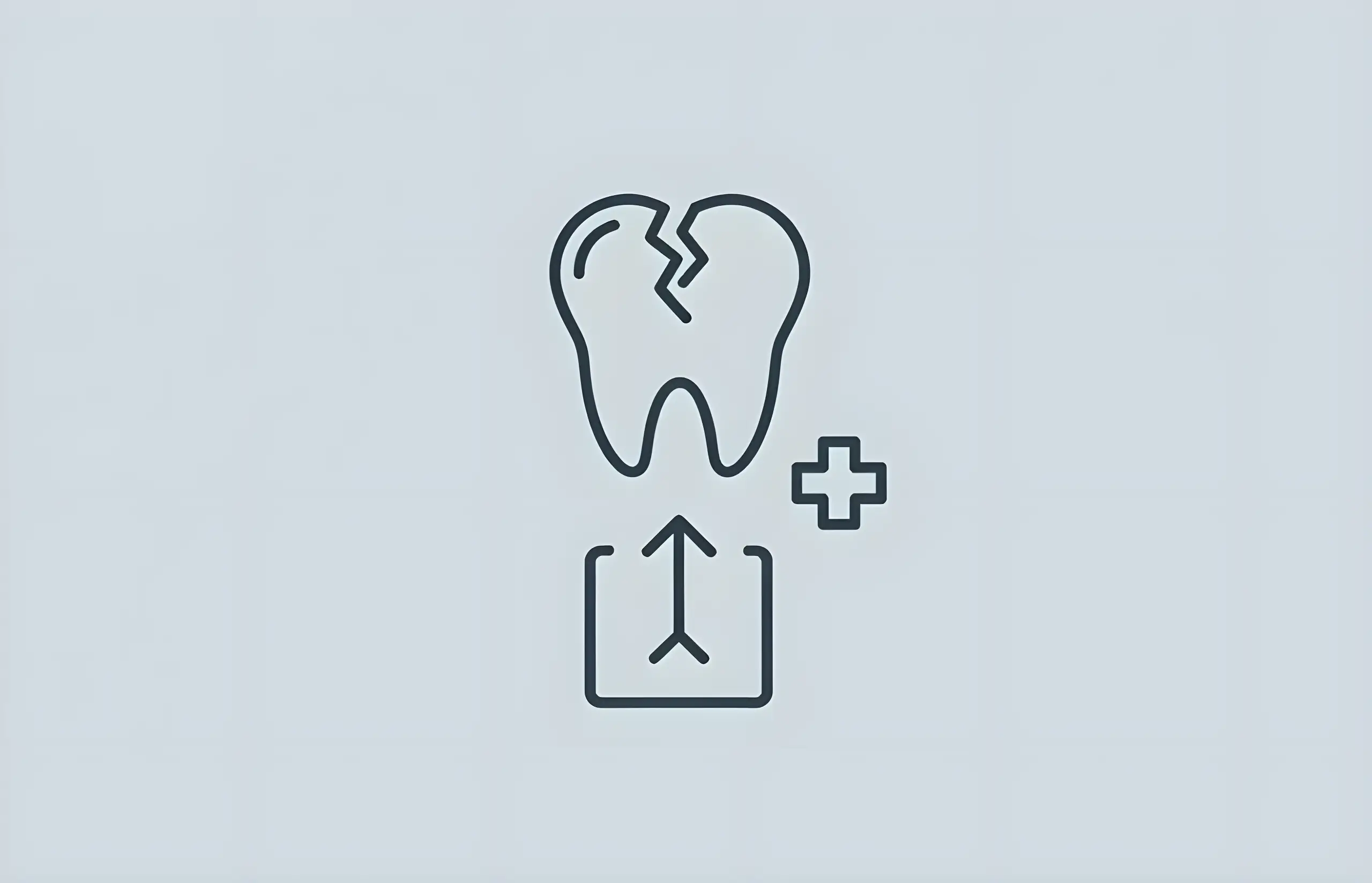
What To Do If You Have A Broken Molar
Understanding why molars break, recognizing symptoms from chips to severe fractures, and knowing when to seek urgent dental treatment
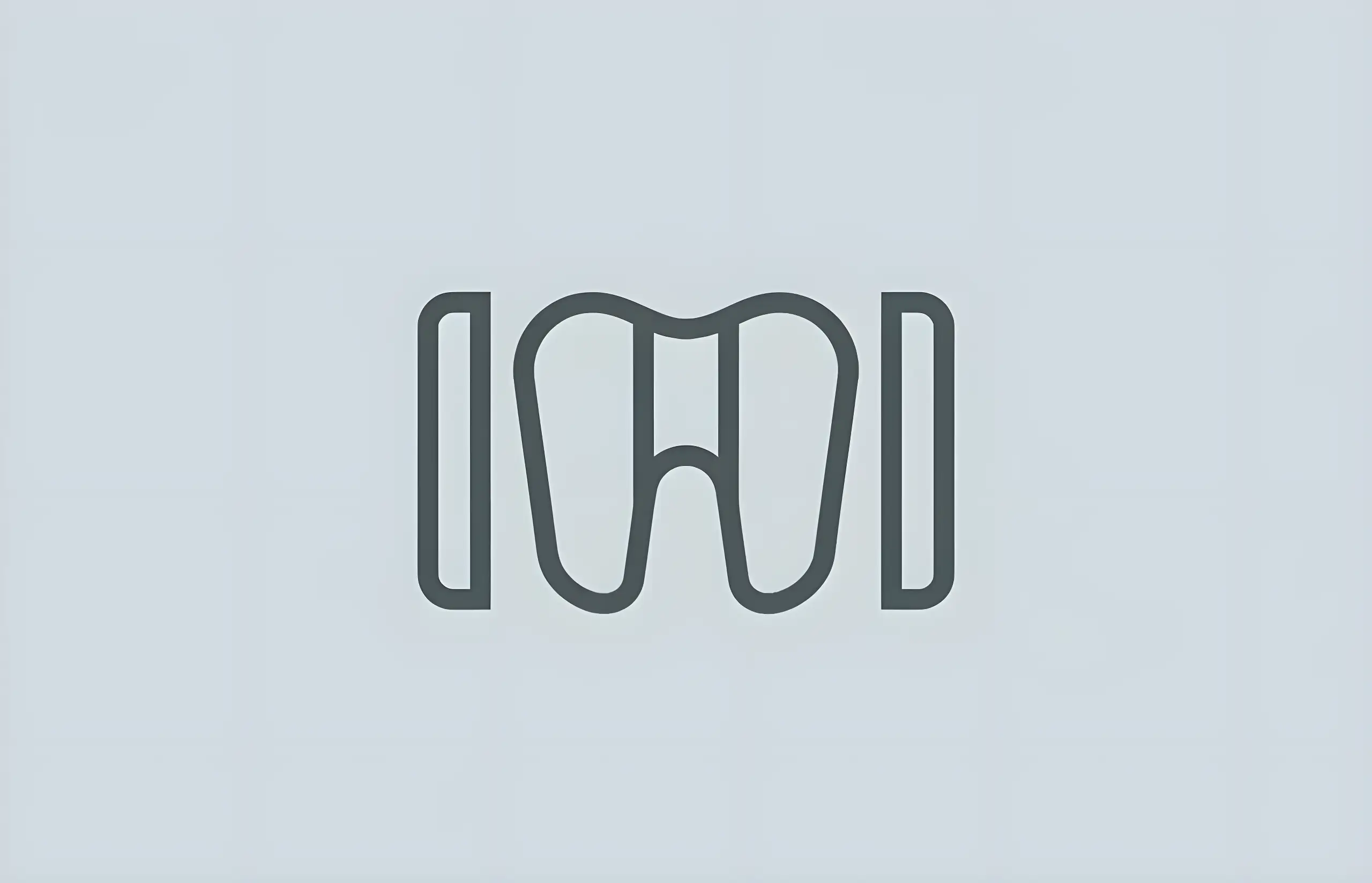
Diastema: How To Fix Gaps In Teeth
Comprehensive guide to diastema causes, types (midline and mandibular), prevalence in children (41.75%), treatment options including braces, veneers, composite bonding, frenectomy, and clinical outcomes
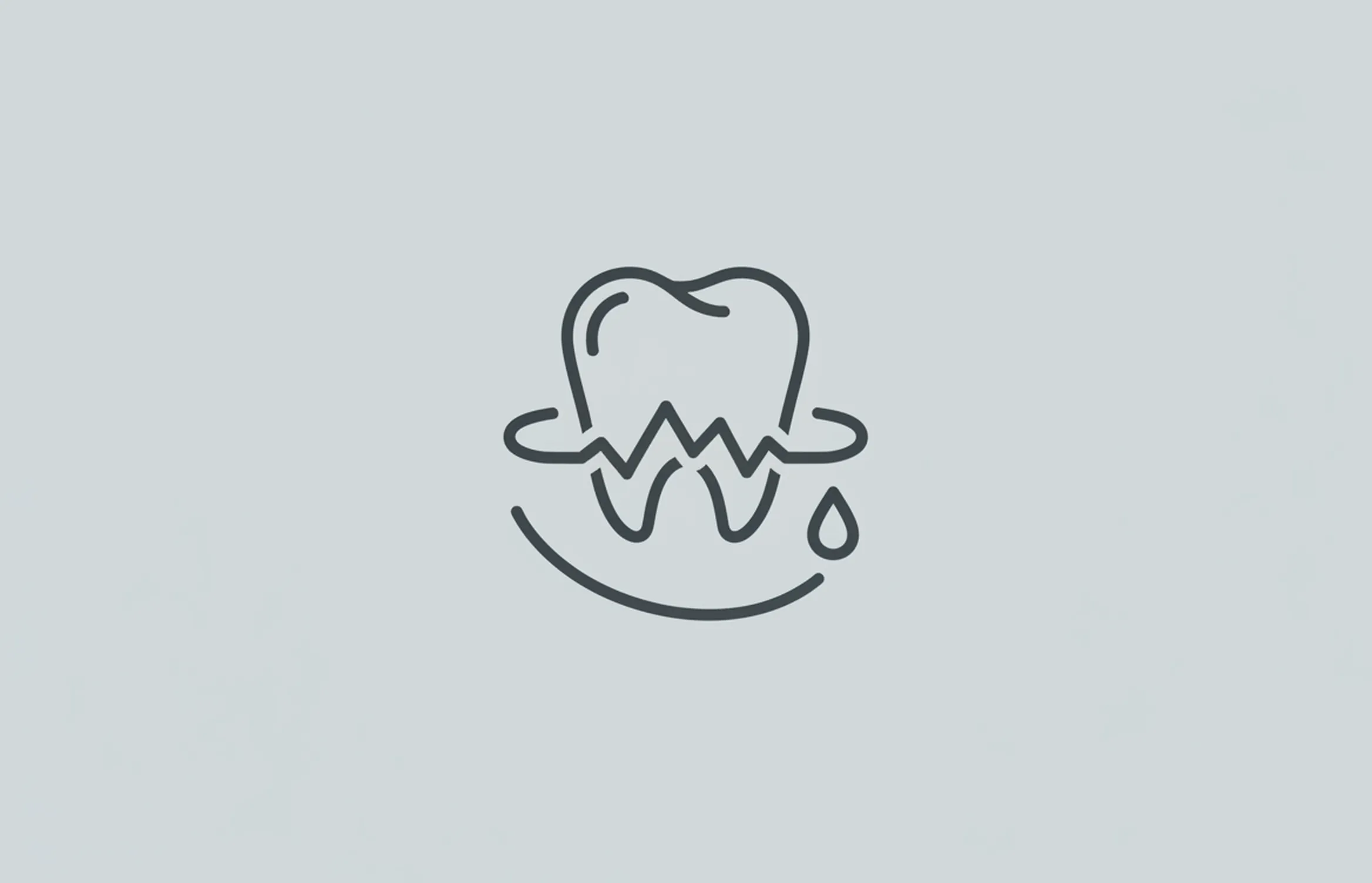
How To Treat Gingivitis
Learn effective treatments for gingivitis including home care strategies, proper oral hygiene techniques, and prevention methods to restore gum health
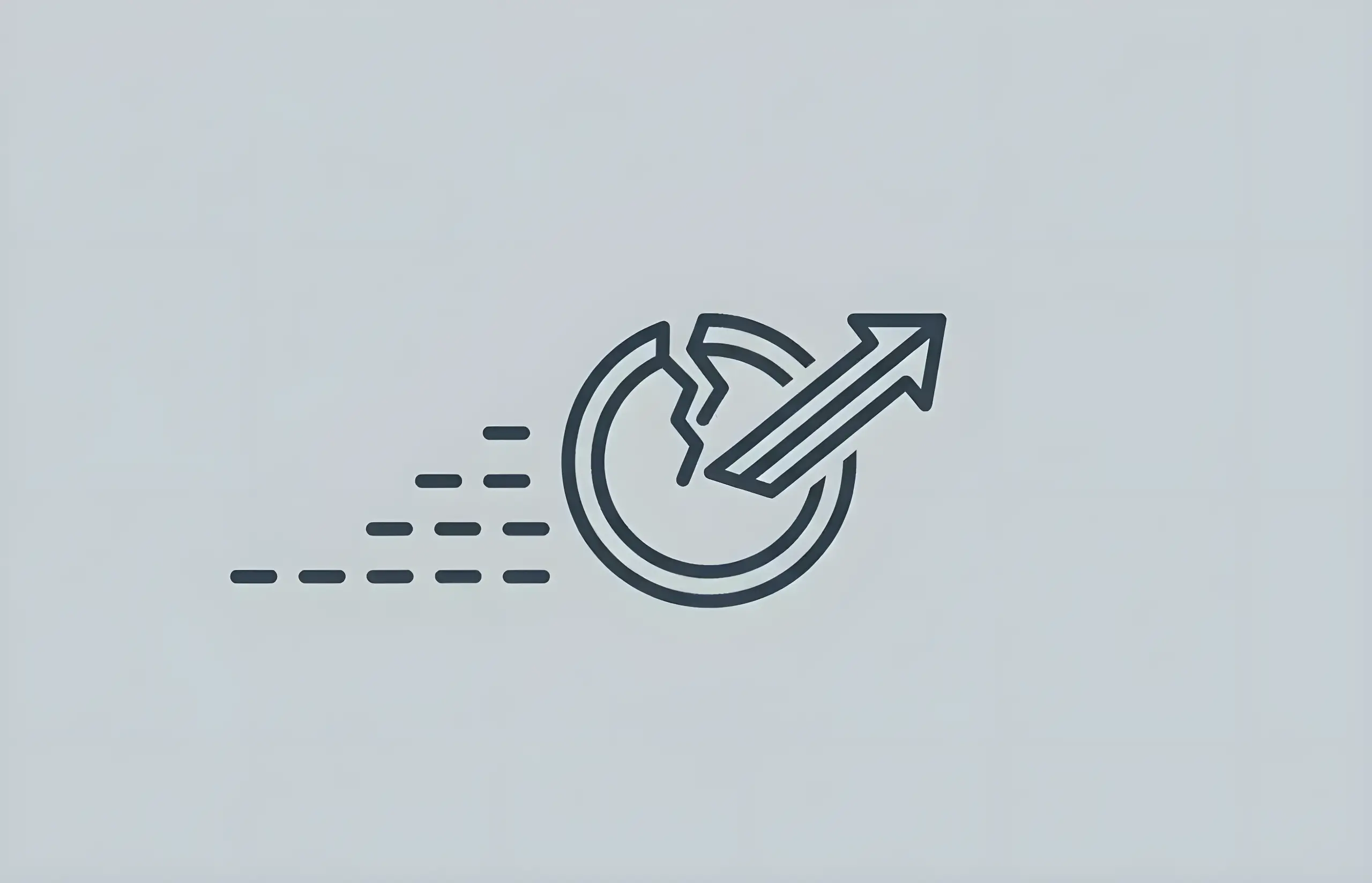
What is the Cost to Repair Chipped, Cracked, or Broken Teeth?
Comprehensive guide to tooth damage repair costs in the UK: NHS Band 1 (£22.70) for minor chips, Band 2 (£62.10) for fillings/root canals, Band 3 (£269.30) for crowns/veneers, with treatment success rates and prevention strategies
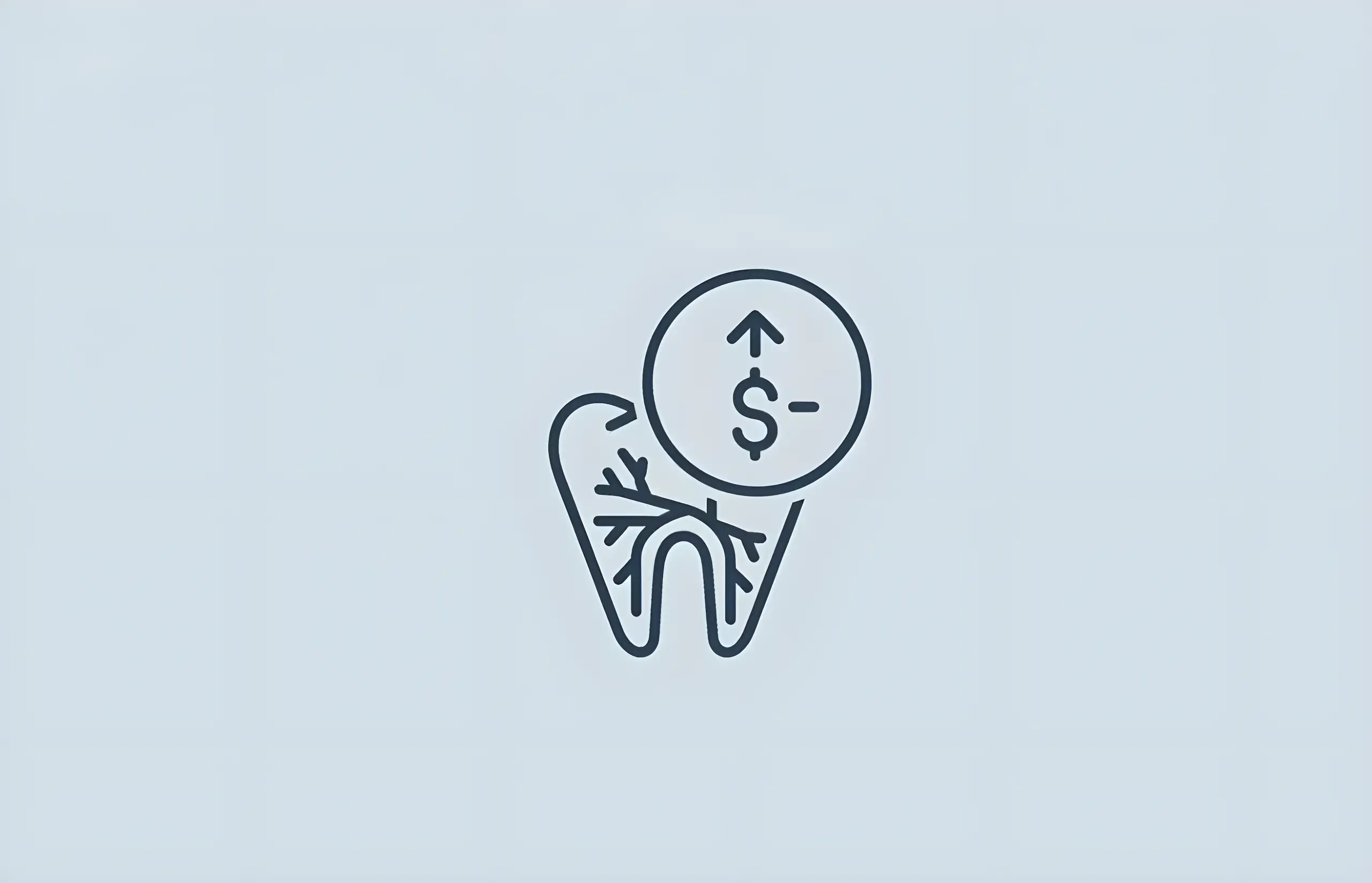
Root Canal Treatment – Costs and Information
Comprehensive guide to root canal treatment including what it is, the procedure, costs in the UK (NHS and private), and who needs endodontic therapy
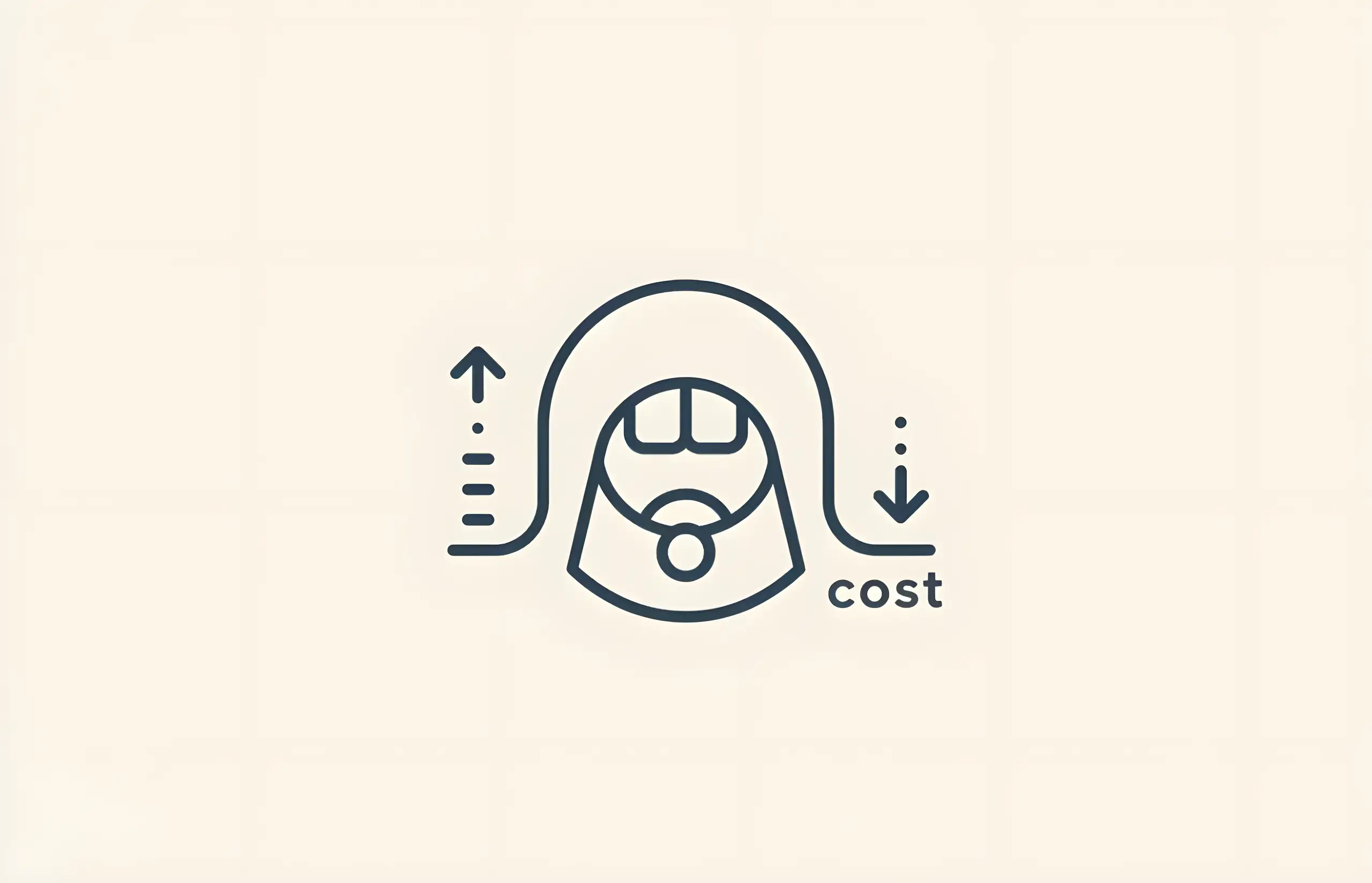
How Much Does Teeth Cleaning Cost?
Comprehensive guide to teeth cleaning costs in the UK, NHS pricing bands, scale and polish procedures, dental hygiene benefits, and professional teeth cleaning information

How Much Does A Tooth Extraction Cost?
Understanding the costs, procedures, and benefits of tooth extraction in the UK
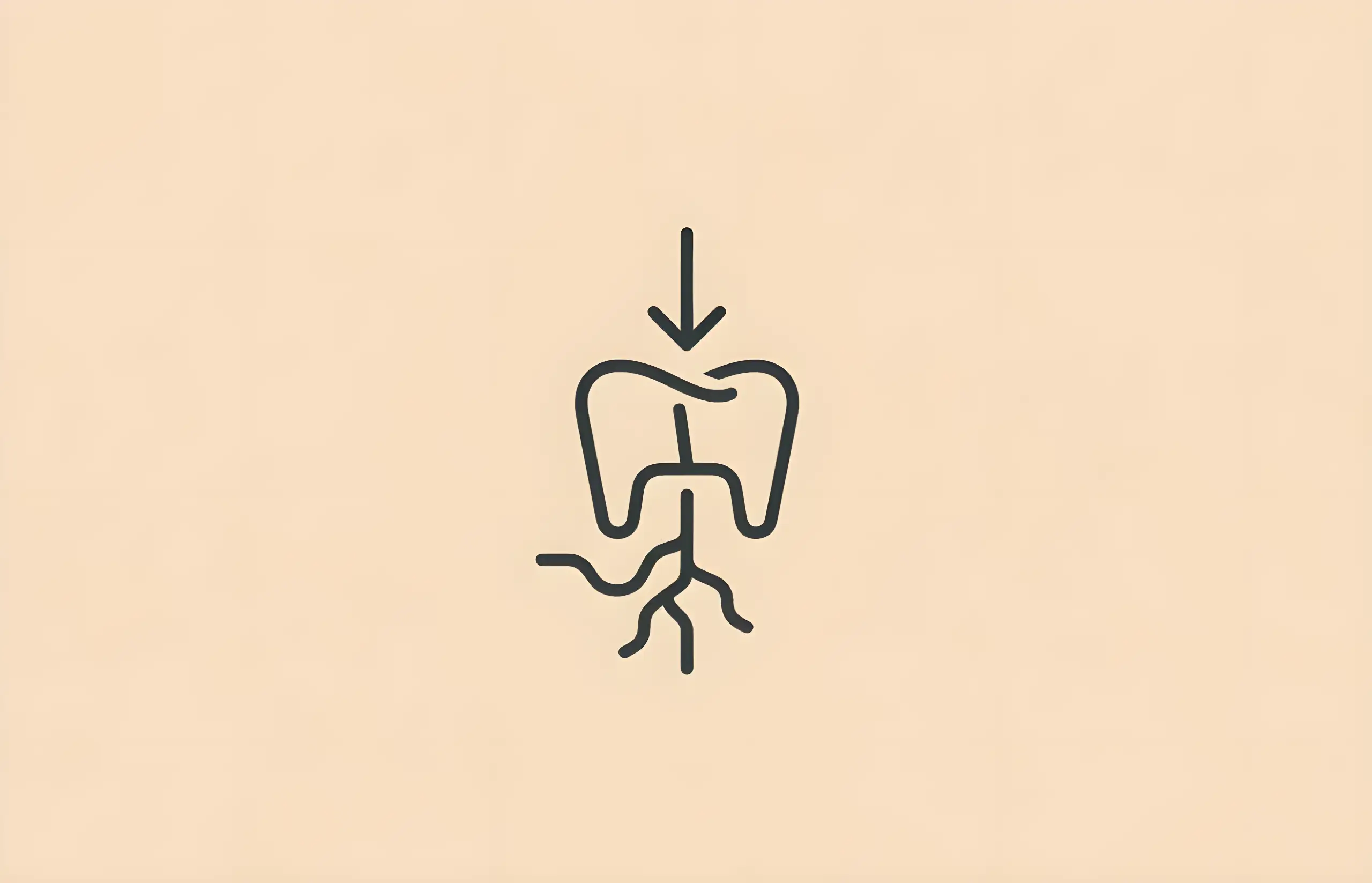
What Causes Teeth to Shift in Adults?
Understanding age-related tooth movement, poor habits, and treatment options to maintain dental alignment in adulthood
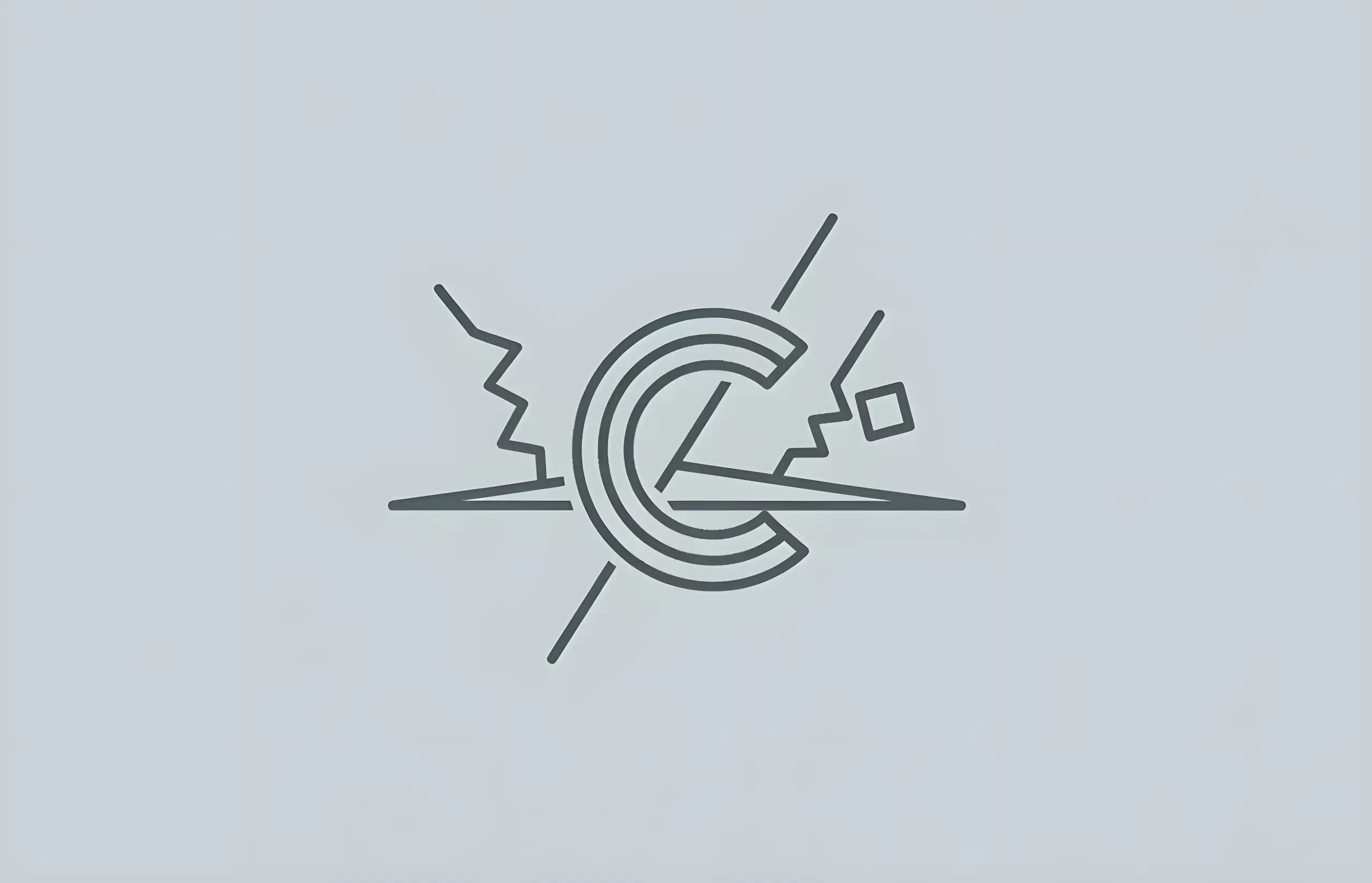
What Causes Crooked Teeth?
Understanding the genetic, environmental, and developmental factors that lead to misaligned teeth and available treatment options

What is a Crossbite?
Learn about crossbite malocclusion including types (anterior and posterior), hereditary causes, childhood factors like thumb-sucking, treatment options, and potential complications
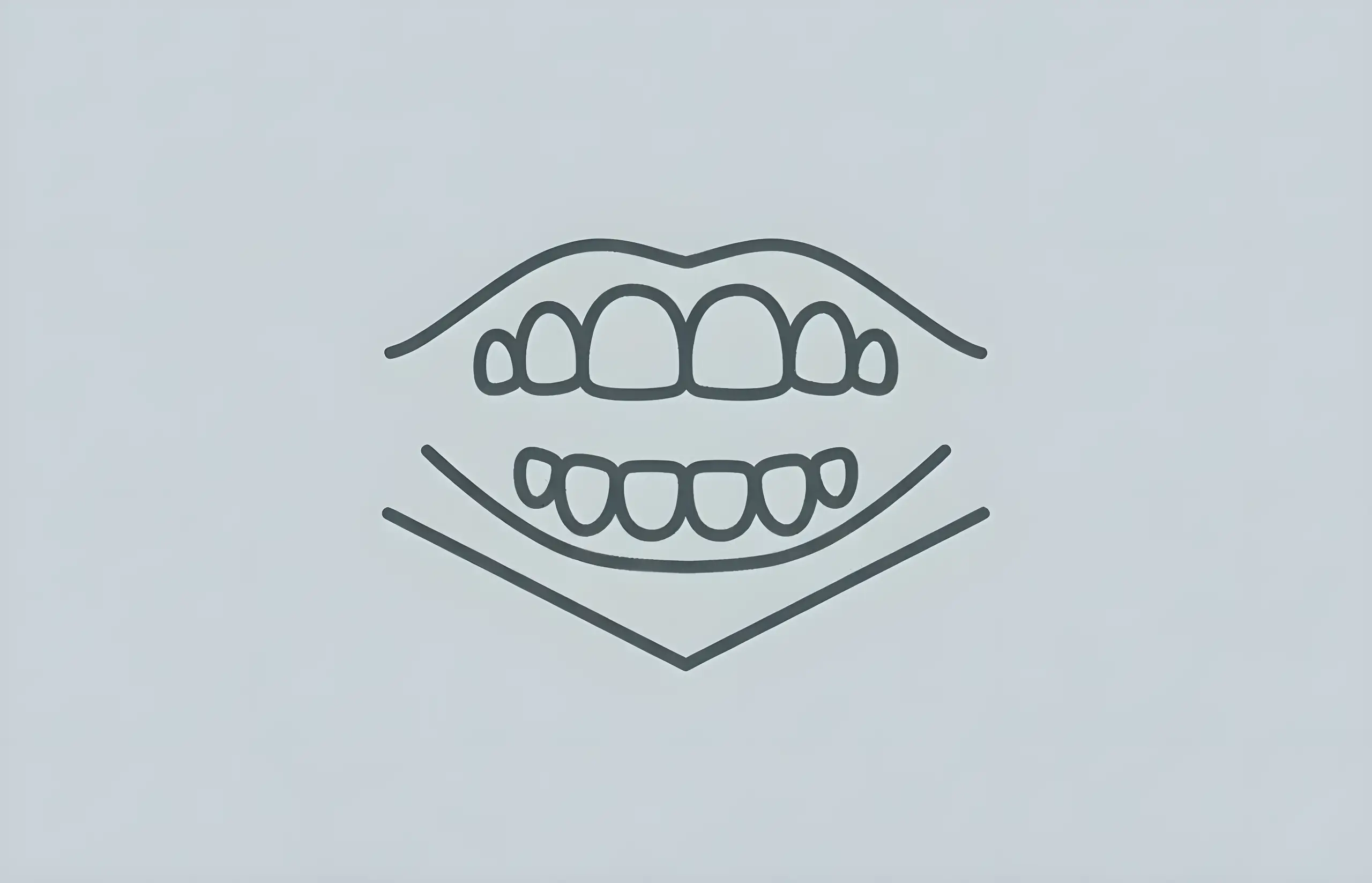
What Is An Open Bite?
Understanding anterior and posterior open bite malocclusion including causes, treatment options from braces to surgery, and functional impacts on speech and eating
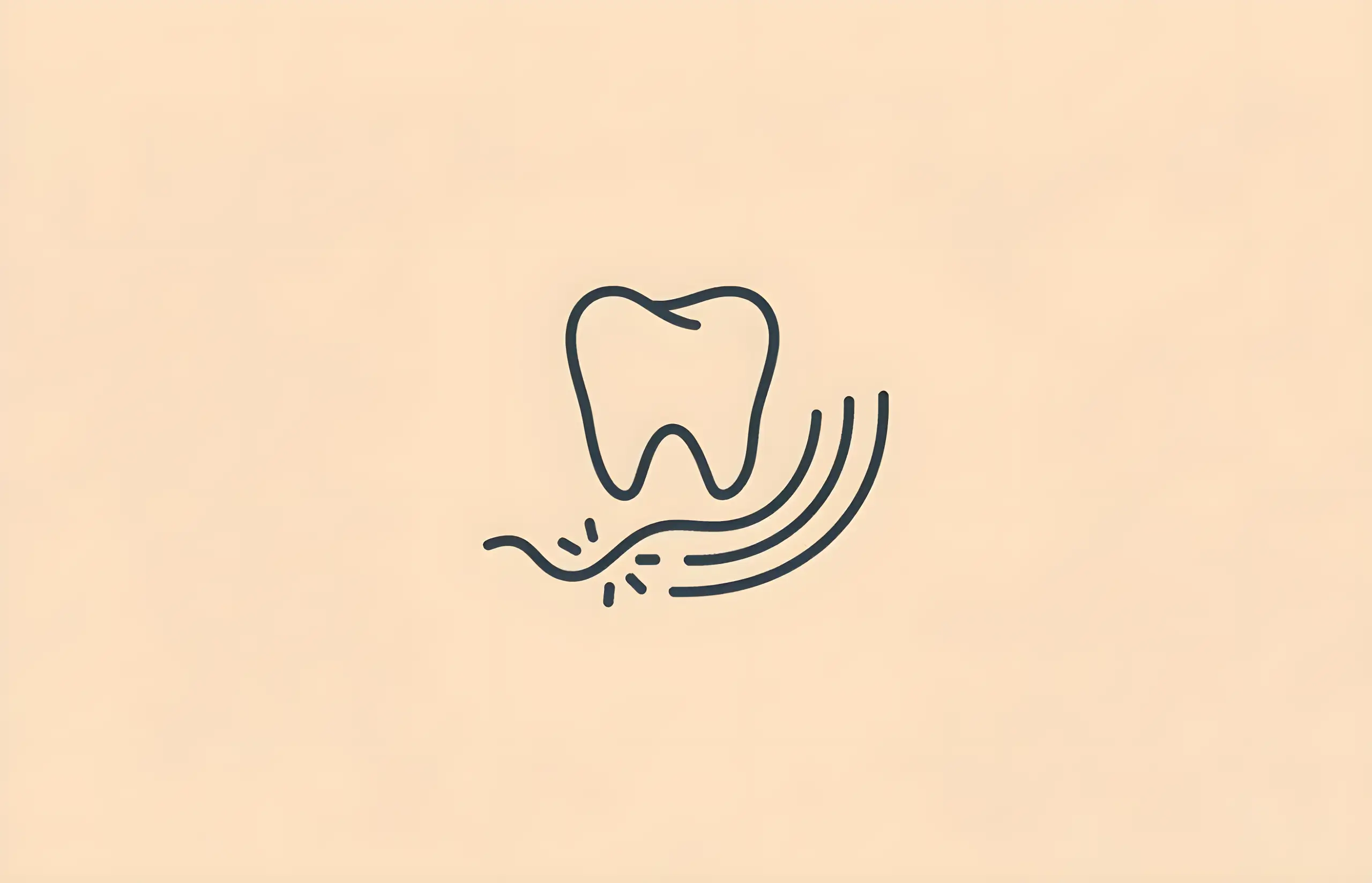
What Is Gingivitis?
Comprehensive guide to gingivitis, a common gum disease affecting 50-90% of adults, including causes, symptoms (bleeding, swelling, bad breath), treatment with scaling, and prevention through proper oral hygiene
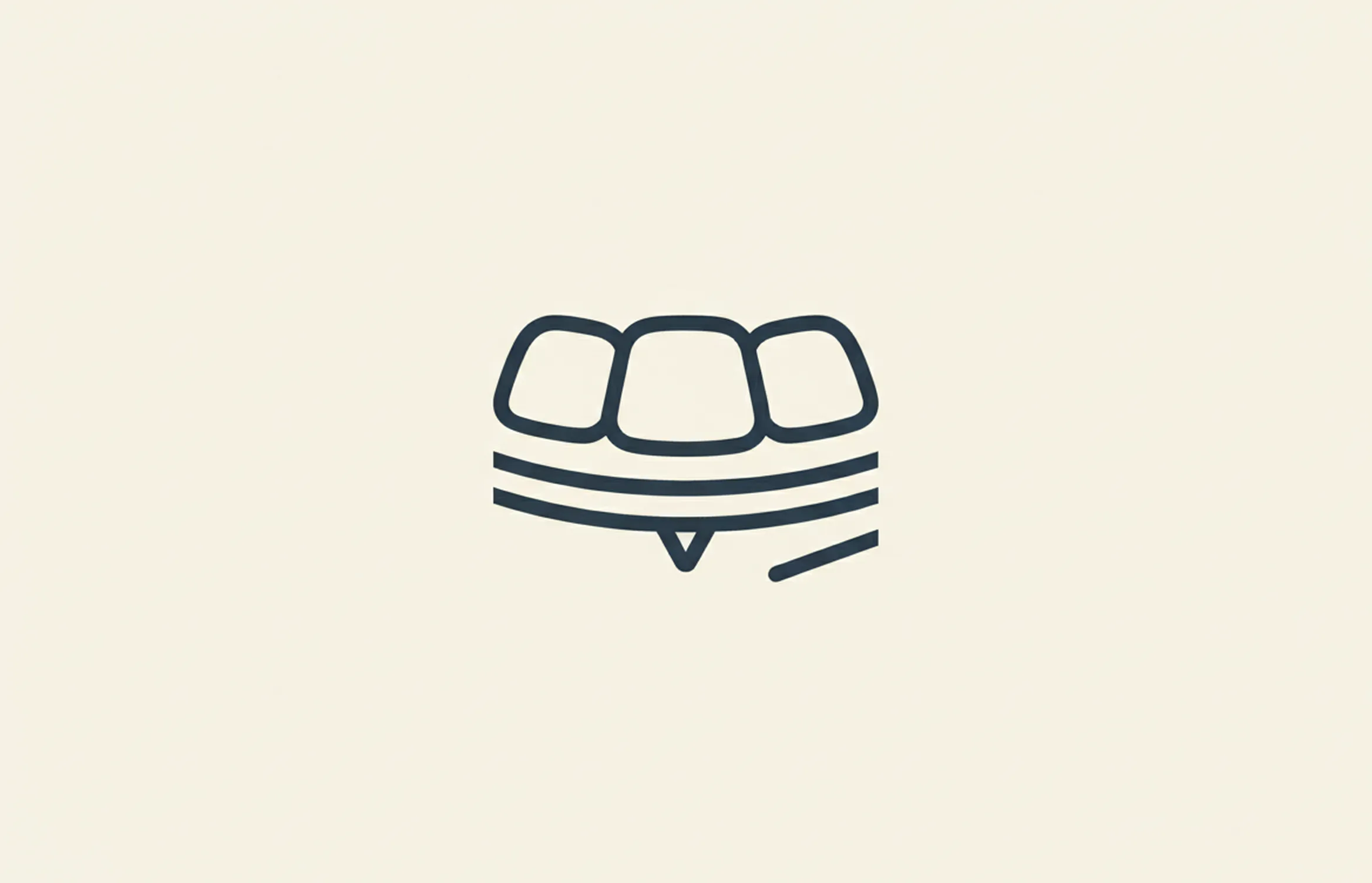
What Is Teeth Contouring?
Understanding dental contouring (enameloplasty) - a quick cosmetic procedure to reshape teeth by removing enamel for a straighter, more polished smile
About The Dental Guide
The Dental Guide is a trusted online resource providing evidence-based information about dental health, treatments, and procedures. Our content is created and reviewed by qualified dental professionals to help you make informed decisions about your oral health.
Our Mission
- Evidence-based dental information
- Expert-reviewed content
- Clear, accessible explanations
- Latest treatment options
- Patient-focused guidance
Editorial Standards
- GDC-registered dental professionals
- Peer-reviewed sources
- Regular content updates
- Medical accuracy verification
- Transparent authorship
Important Notice
The information on The Dental Guide is for educational purposes only and should not replace professional dental advice. Always consult with a qualified dentist for diagnosis and treatment recommendations tailored to your individual needs and circumstances.
Medically Reviewed
Reviewed by Dr. Nasim Mechoui , BDS (Bristol)
Share this article
Comments & Discussion
Have questions about dental implants? Share your thoughts or experiences.
